Forsythia: The spring flower that's a ray of sunshine — and a foolproof option for novice gardeners
Forsythia are often sniffed at for being too brassy, but there is a lot more going for them, says Charles Quest-Ritson, although don’t plant them next to clashing pink-flowering currants.

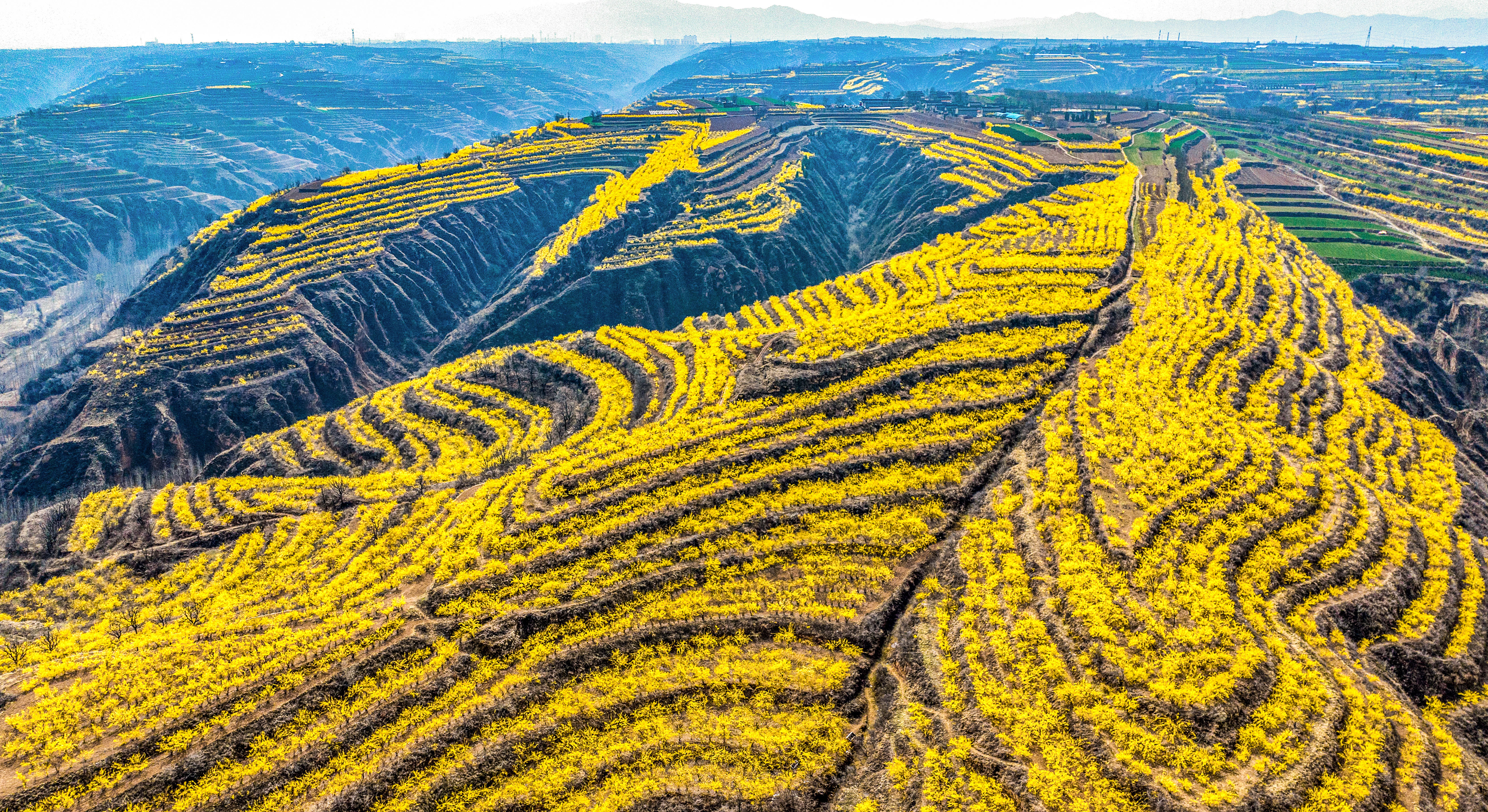
The trouble with forsythias is that we take them for granted. They are ubiquitous at this time of the year, flaunting their cheerful yellow colour in suburban parks and gardens from Penzance to Thurso. From a distance, they all look very similar, apart from the dwarf cultivars that too few of us grow. Large or small, forsythias make invaluable companions for garden daffodils, although, all too often, one sees them nudging up incongruously to pinky-purple flowering currants.
Forsythia: Six of the best for your garden
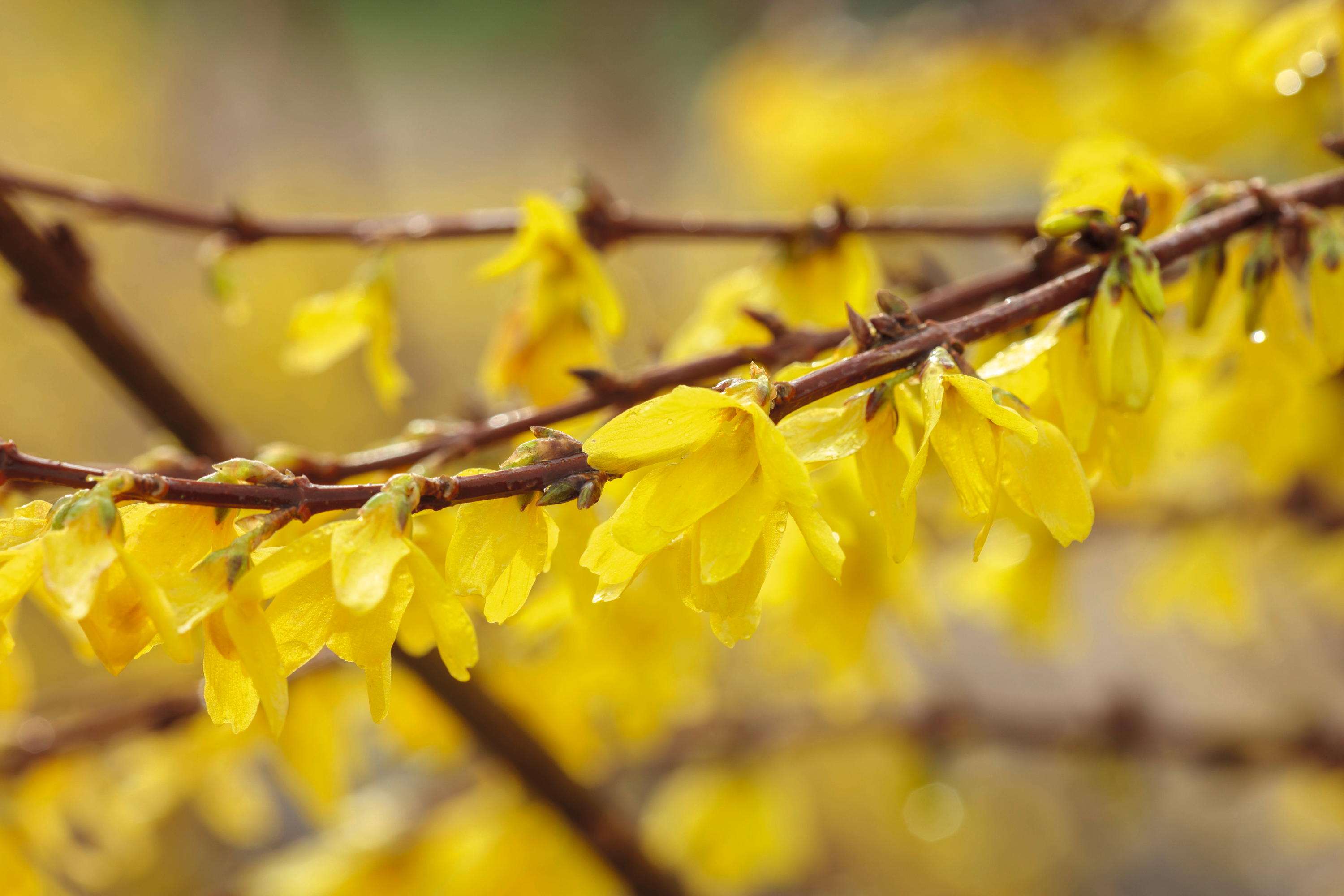
Forsythia ovata, (pictured above) although critically endangered in the wild, is popular in cold climates for its hardiness. Polish and American breeders are selecting improved forms. It has survived -40˚C in Ottawa, Canada
Forsythia giraldiana is hard to find, but some experts proclaim it the best of all forsythias — the first to flower, sweetly scented (definitely worth a sniff), primrose yellow, rather than golden, and the most tolerant of wet soils
Forsythia japonica, rare in the wild, has short, broad petals that give an impression of sturdiness. It is useful for its late flowering
Forsythia suspensa ‘Nymans’ is a fine semi-weeping form selected for its broad petals and large flowers in April. It is usually the last into bloom
Forsythia ‘Minigold’ is lightly scented and perhaps the best dwarf cultivar, but ‘dwarf’ for all forsythias may mean as much as 4ft tall
Forsythia x intermedia ‘Lynwood Variety’ AGM is a ubiquitous old favourite — vigorous, upright, unfussy and deservedly popular for its volumes of rich golden-yellow flowers
Forsythias are members of the olive family, the Oleaceae, as are ash trees, lilacs, jasmines, privets and olive trees themselves. It is difficult to imagine what all these genera may have in common, although botanists tell us that one distinctive feature is that they have only two stamens.
Forsythias have a further peculiarity, which is that they are proponents of heterostyly. This means a whole plant will bear flowers that are either pin-eyed or thrum-eyed, just like primroses. This is an evolutionary insurance against self-pollination and the consequences that follow from in-breeding. It is rare in the plant kingdom as a whole.
Most forsythias, or their ancestors, come from climates with hotter summers than ours. The wood ripens well, which helps them to survive cold winters. You notice this in two ways. First, they flower most abundantly in a Continental climate, where the sheer number of flowers on their bare branches seems extraordinary to English eyes. In northern Italy and parts of Switzerland, forsythias are planted along the central reservation of the motorways. Their brilliance is astonishing, but it also tells you that forsythias can put up with quite a lot of drought.
The second way you discern their need for a Continental climate comes with studying the date on which they burst into flower. Their buds open in response to the change from cold to warm, so they hesitate when confronted with our mild, indecisive spring weather. Drive from Budapest to Bude or from Lublin to Dublin in spring and you will see that forsythias start into bloom later and later as you travel west.
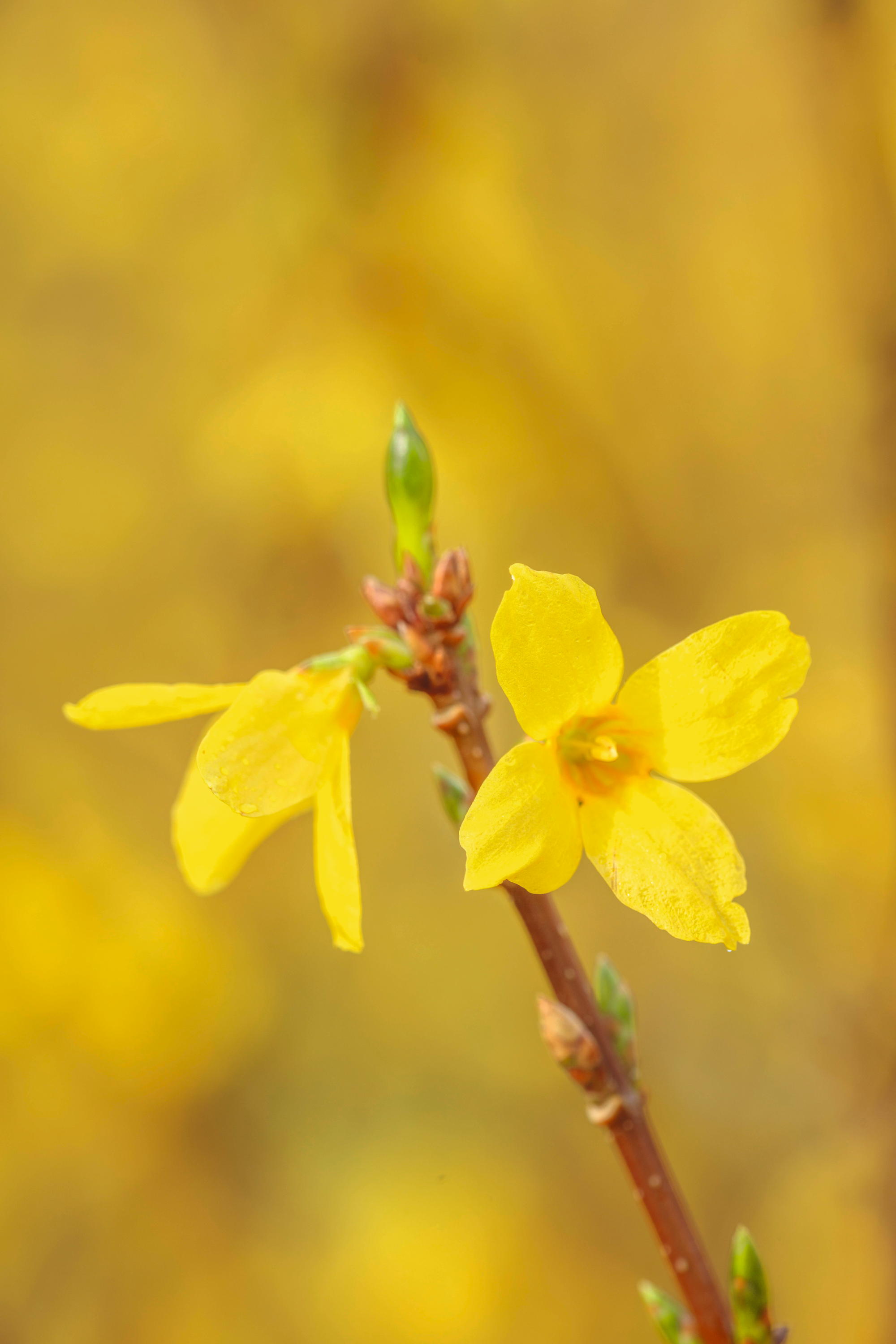
Forsythia Minigold is a lightly scented and excellent dwarf form reaching 4ft.
All forsythias have flowers that open out before the new leaves. Many have a particularly insistent, bright yellowness that does not always mix well with other plants. Sensitive gardeners may ban them completely from their gardens. Others are mildly embarrassed about growing them, but appreciate their good qualities. If they were rare and difficult, they would certainly be highly esteemed.
Imagine two plant connoisseurs discussing the spectacular blooming of a plant that everyone longs to grow — ‘come and see my forsythias… they’ve come through the winter completely undamaged and they’re absolutely covered in flower… the best year I can remember’.
Exquisite houses, the beauty of Nature, and how to get the most from your life, straight to your inbox.
"Forsythias are a boon to the novice gardener who plants them in the garden and does no more for them. They are plants without problems."
Actually, it’s what we should, indeed, be saying every year: the flowering of forsythias is utterly dependable and much more impressive than all the other hardy shrubs that flaunt their yellow flowers in early spring. Why do we not esteem them more highly? It’s because forsythias are extremely easy to grow and proper gardeners are judged by their skills as cultivators of difficult plants.
Forsythias are a boon to the novice gardener who plants them in the garden and does no more for them. They are plants without problems. Pests and diseases pass them by. They are unfussy about soil types — acid or alkaline, chalk or sand, gravel or clay — although they do prefer a sunny position and soil that is not waterlogged. They also grow away quickly from hardwood cuttings — push 10 pieces of last year’s growth into the soil in autumn and you will soon have a forsythia hedge. Every stick makes roots and grows up confidently.
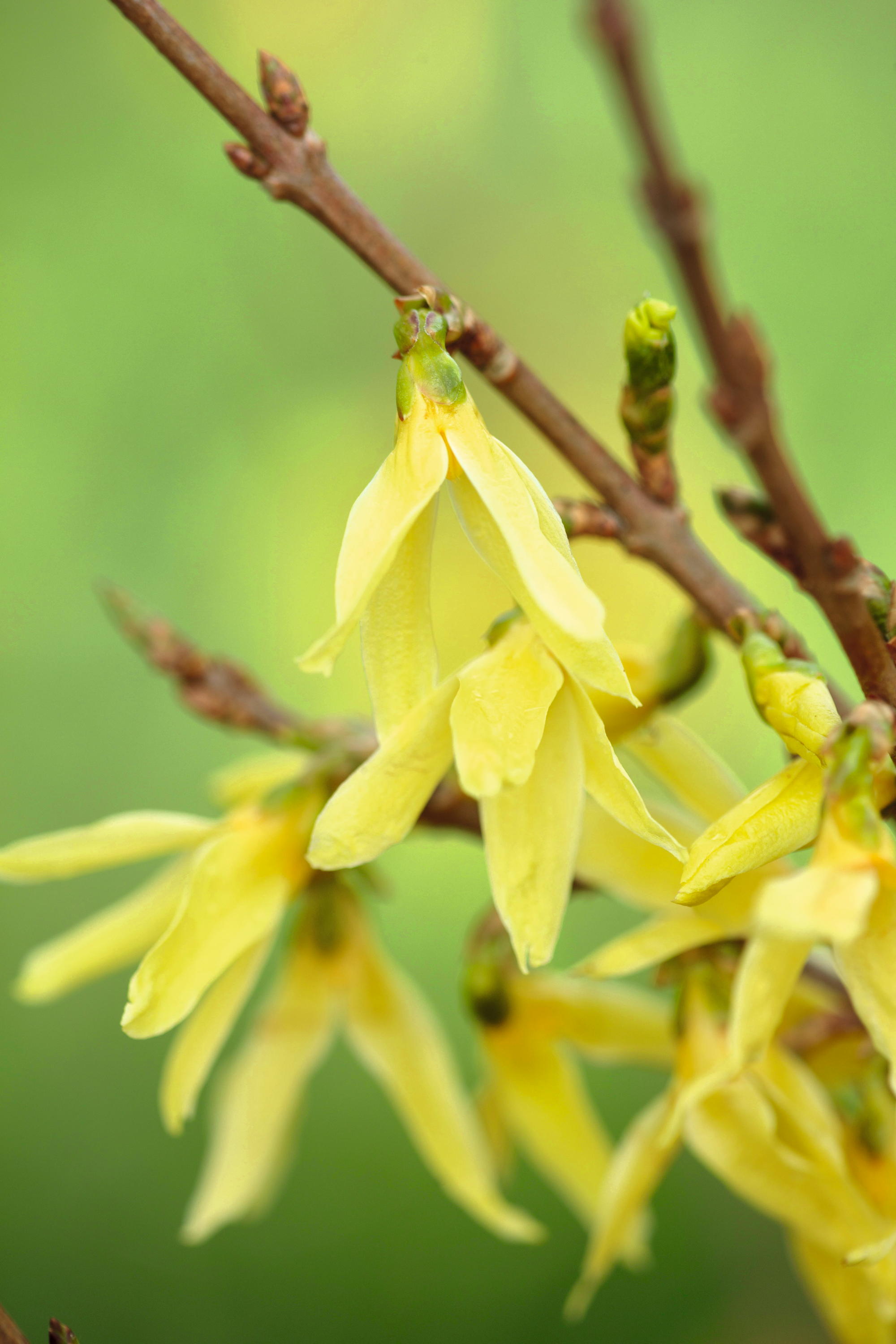
The aptly named Forsythia x intermedia ‘Pale’ is easy to place in the garden. New forms are likely to bring further variations in colour, double flowers and variegated leaves.
Forsythia flowers are cheerful, and cheering, when cut for the house. Try doing this early in the year when the branches are still in bud: the flowers will open earlier indoors than outside and, by the time you throw them out, they will all have made roots in your vase. Pot them up, grow them on and you will have handsome plants to give away later in the year.
All forsythias are yellow. You may, therefore, wonder whether there is much to choose between the 12 species and more than 70 cultivars. Look harder and the differences begin to emerge. Some have more flowers than others. The petals may be long, straight, twisted, broad or thin. They may form a ruff around the stem or droop down elegantly. Some are thought to have interesting leaves: Forsythia viridissima and F. ‘Nimbus’ are known for their purple autumn colour.
There are several variegated forms — ‘Golden Times’ is perhaps best known — but they do not contribute much because most forsythia leaves are sparsely borne and rather dull in the first place. Some forsythias are ground-covering or weeping in habit — selected forms of F. suspensa are supremely elegant weepers — whereas others have firm, upstanding habit of growth. Now, the excitement lies with new dwarf cultivars, perfect for small gardens and useful for giving early-season colour to your mixed borders — excellent with the Greggii and Kaufmanniana tulips.
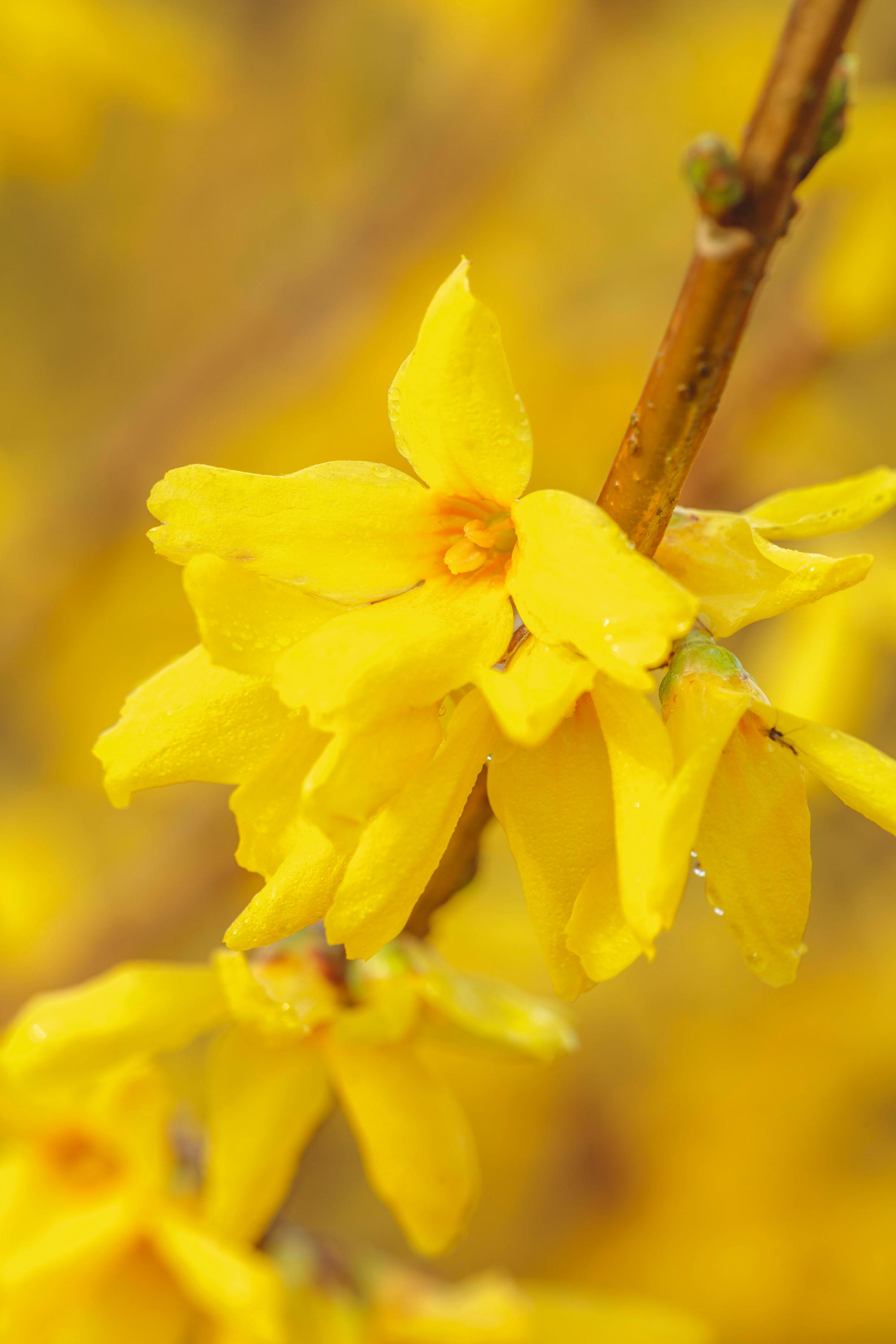
Forsythia ‘Beatrix Farrand’, named after the American landscape architect.
The first species in 1784 to arrive in Europe from China was Forsythia suspensa. Hybridisers got to work on the genus when upright, floriferous F. viridissima was introduced in the 1840s and gave rise to Forsythia x intermedia. Some of the most vigorous and popular commercial cultivars come from this cross, including ‘Spectabilis’ from the Späth nursery in Berlin, Germany, and ‘Lynwood Variety’, its Irish sport. The Arnold Arboretum at Harvard University in the US used colchicine on plants of ‘Spectabilis’ in the 1930s to breed the tetraploid cultivar ‘Arnold Giant’. It is still available, but not popular with nurserymen because, unlike other forsythias, it is difficult to root from cuttings. Hybridisers look for larger flowers and more of them, with ever-brighter yellow colours. Some of the best in recent years have come from experiments with gamma radiation at the French National Research Institute at Angers, where the original hope — never fulfilled — was that this would produce forms with red flowers. The emphasis today is on small, compact forms and those with paler petals.
If, like the French, you believe that trees and shrubs should be kept under control, it’s worth knowing that forsythias respond well to fairly drastic shaping in autumn or winter. You lose the flowers that would otherwise have opened along the past year’s growths, but the older wood at the heart of the plant explodes into a blast of sunlight from March onwards, to match the lengthening days and the brightening skies.
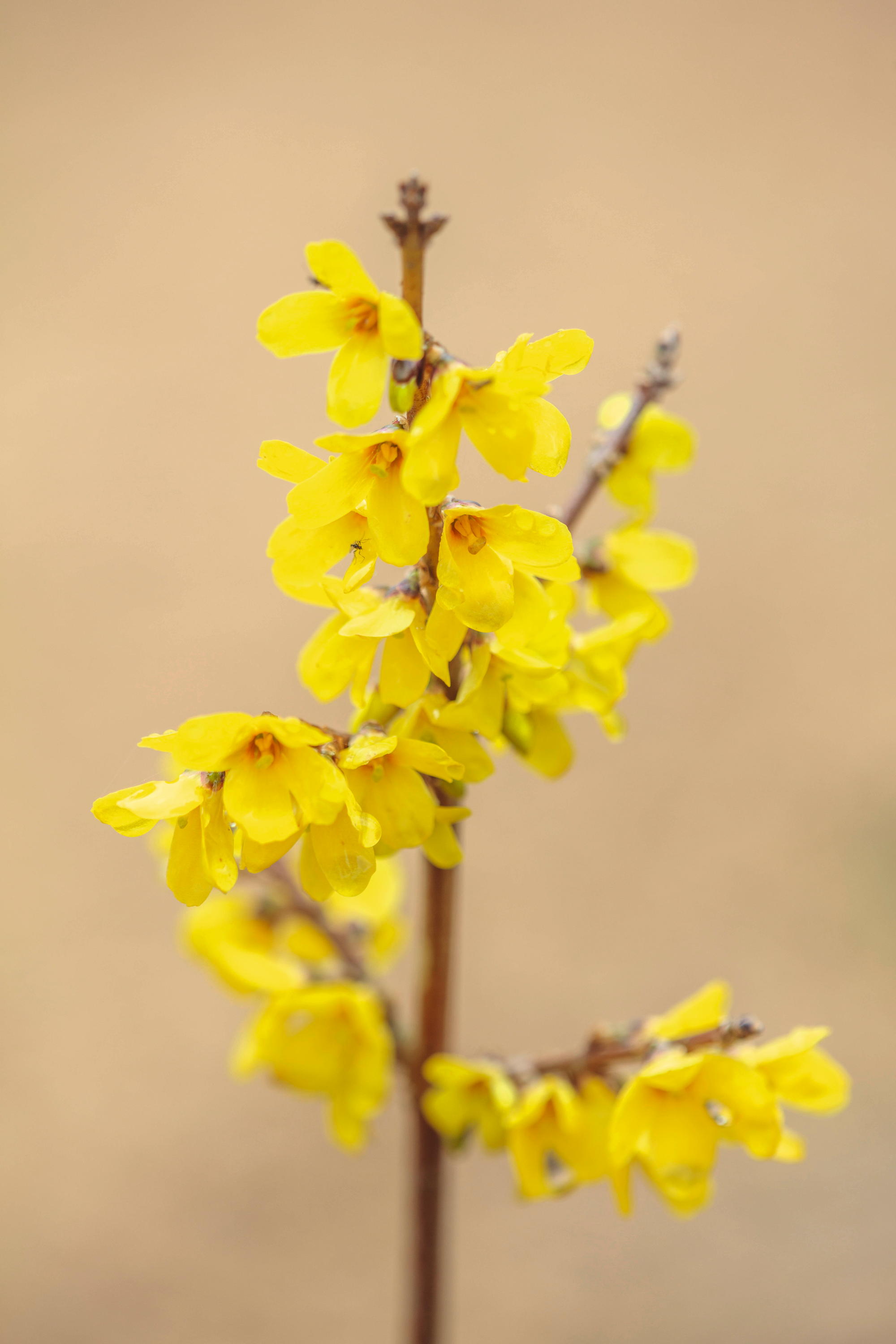
It is considered useful for its late flowering, F. japonica has short, broad petals and will reach 5ft. It is now rare in the wild.
Charles Quest-Ritson is a historian and writer about plants and gardens. His books include The English Garden: A Social History; Gardens of Europe; and Ninfa: The Most Romantic Garden in the World. He is a great enthusiast for roses — he wrote the RHS Encyclopedia of Roses jointly with his wife Brigid and spent five years writing his definitive Climbing Roses of the World (descriptions of 1,6oo varieties!). Food is another passion: he was the first Englishman to qualify as an olive oil taster in accordance with EU norms. He has lectured in five languages and in all six continents except Antarctica, where he missed his chance when his son-in-law was Governor of the Falkland Islands.
